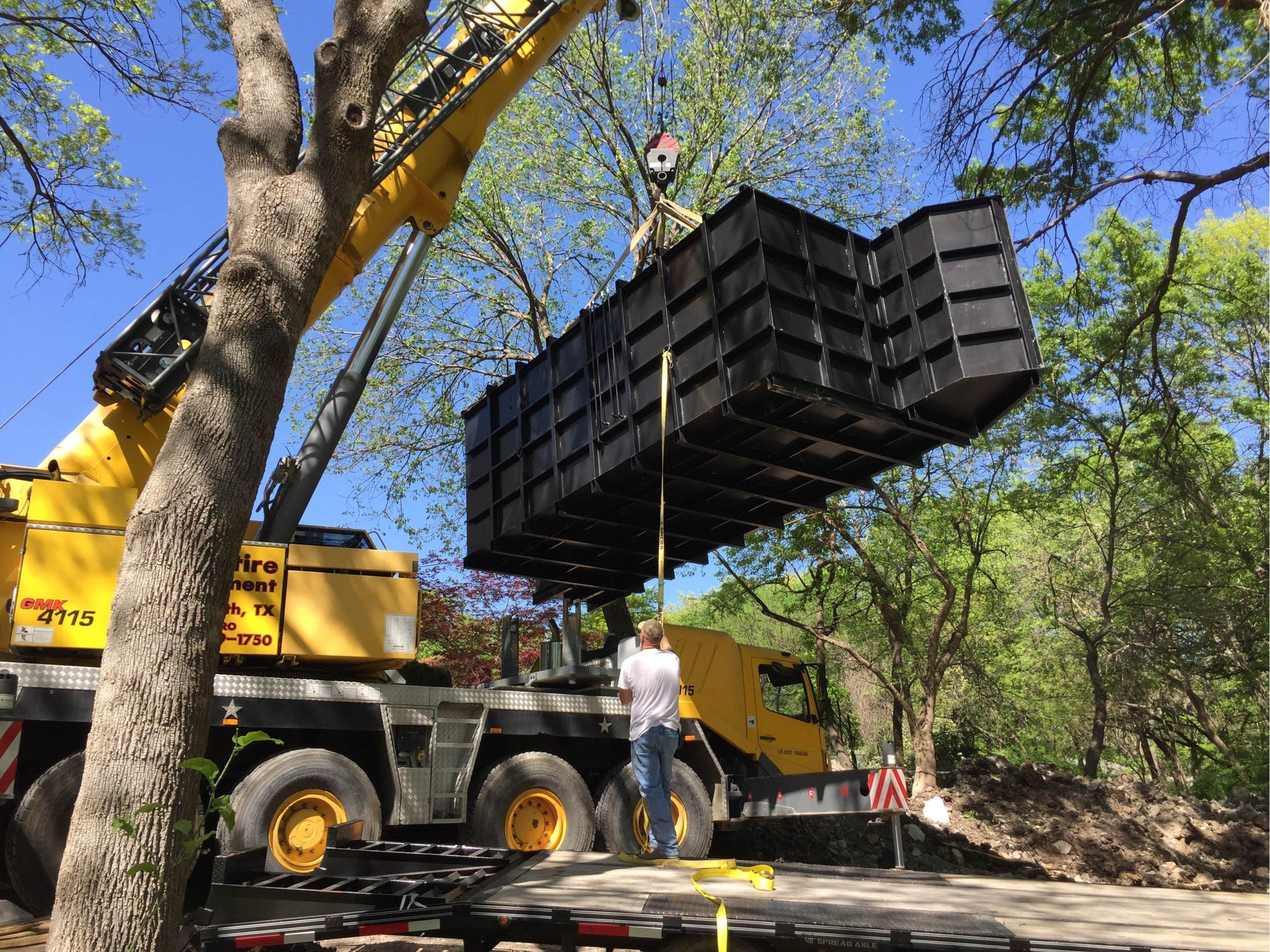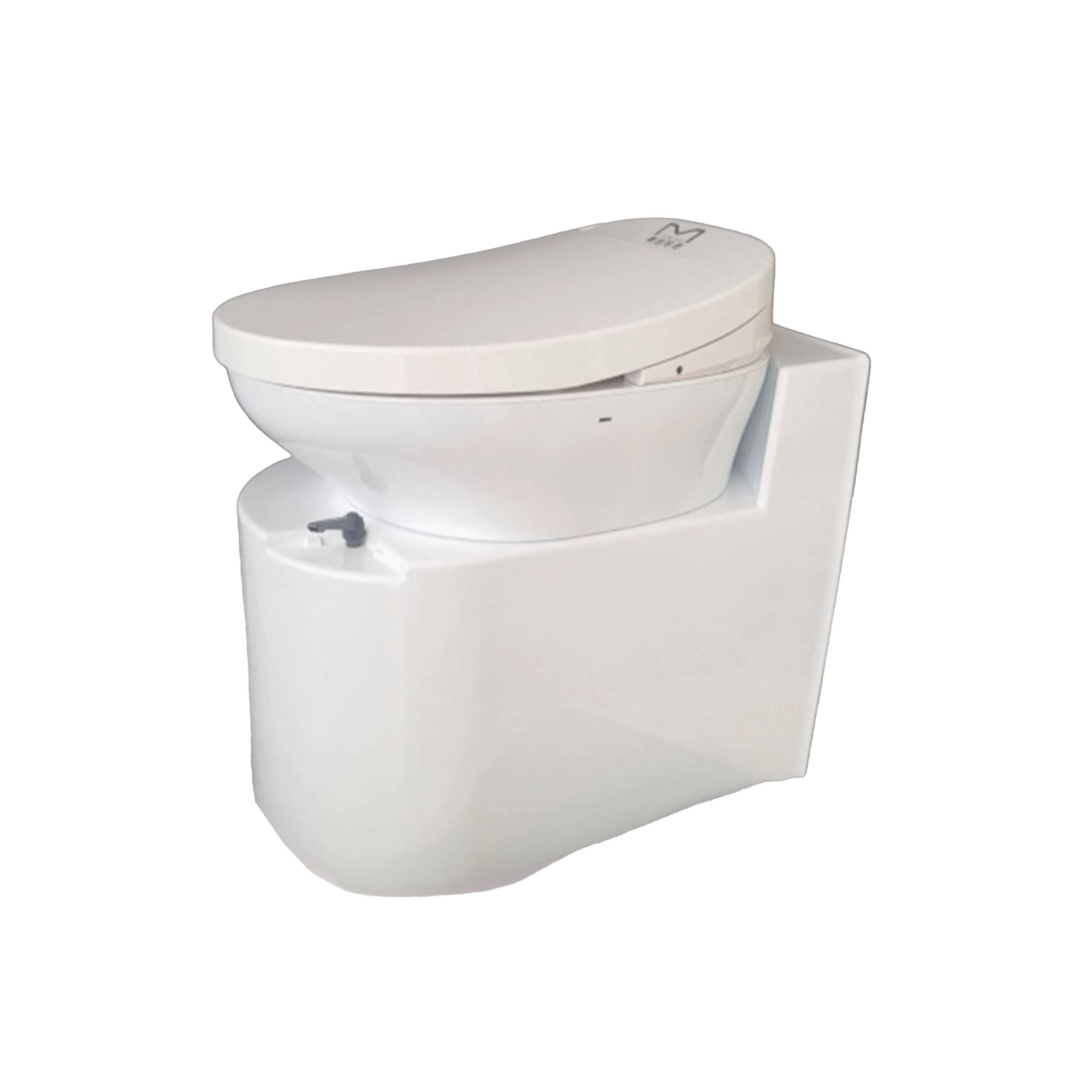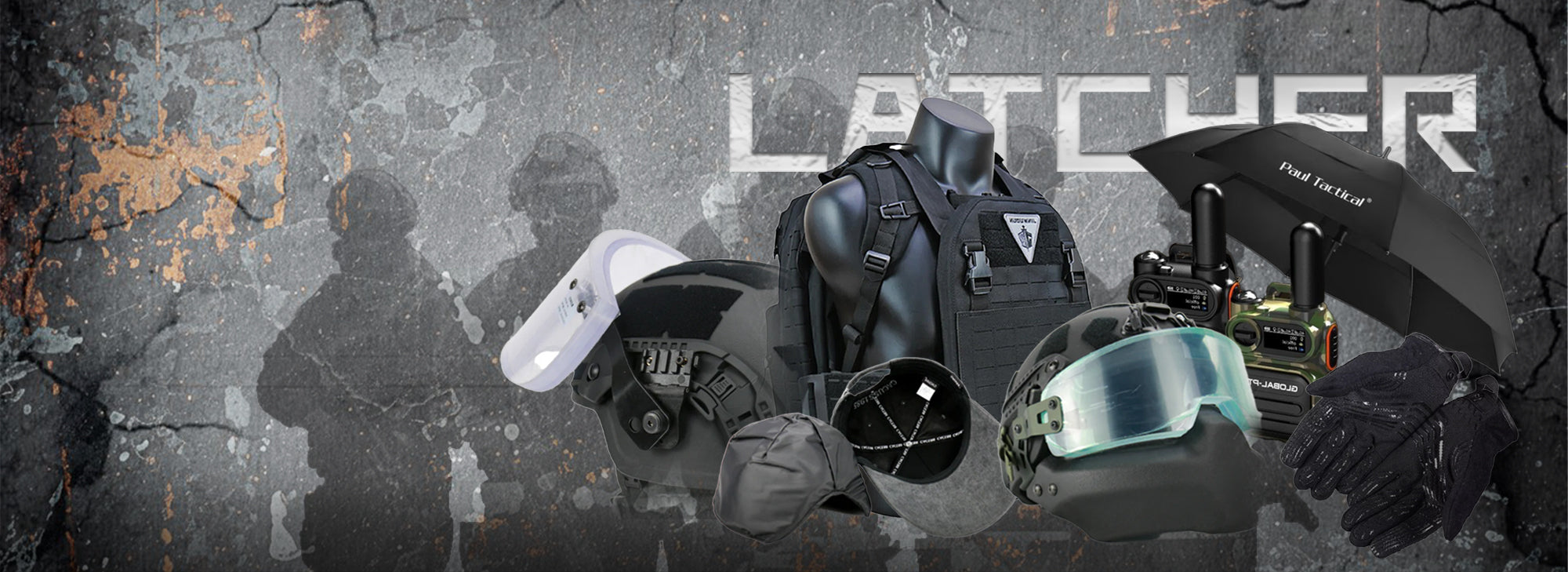Baño de compost - Biodegradación
TESTED & CERTIFIED
Bio Toilet
Off-Grid Bio Toilets for Survival & Bunkers – Our waterless, biodegradable toilets are designed for long-term use in emergencies, bunkers, and safe houses. No plumbing or electricity needed—simply use and let natural enzymes break down waste for up to 30 days without emptying. Compact, odor-free, and hygienic, these survival toilets are essential for disaster prep, off-grid living, and SHTF scenarios. Stay self-sufficient with a reliable, eco-friendly sanitation solution when traditional systems fail.
FAQs
Please read our FAQs page to find out more.




